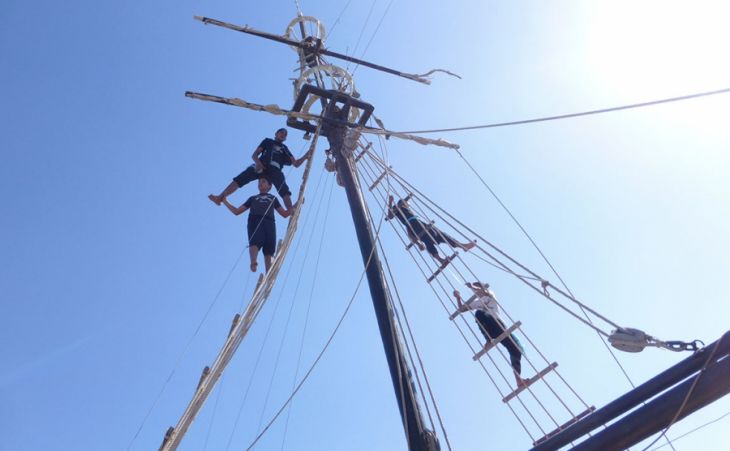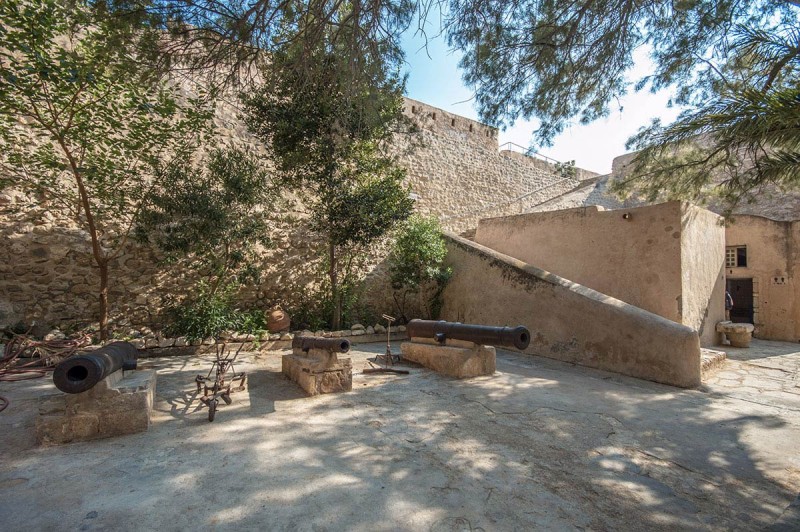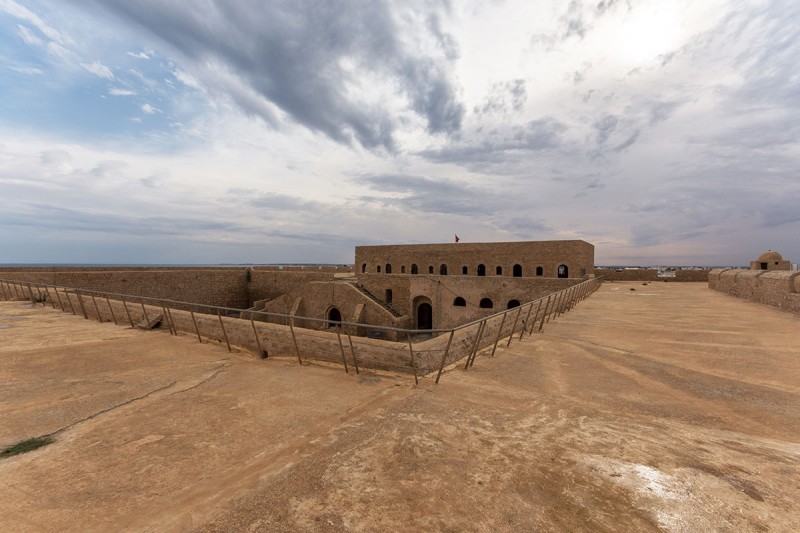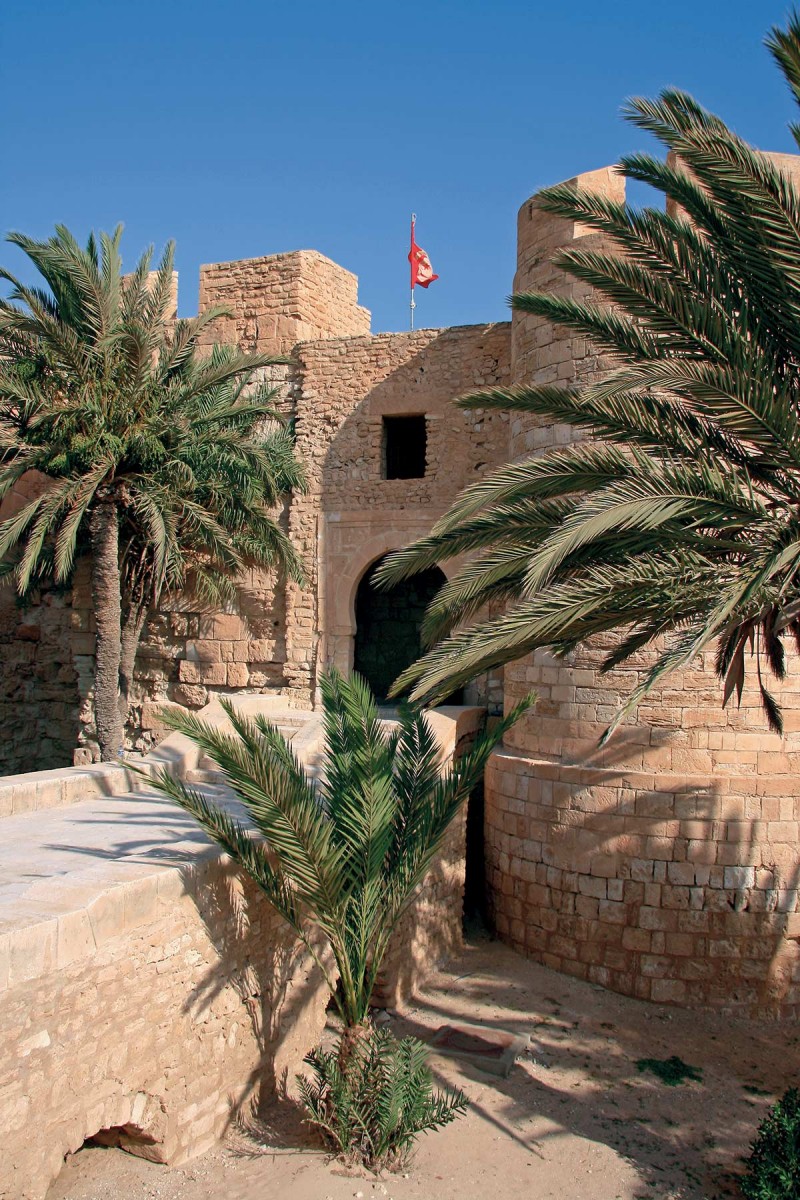The Barbarossa brothers, Dragut and Eulj Ali – all of them privateers who once played a major part in bringing Tunisia into the Ottoman Empire. And yet…they were not Turkish at all, but Christian converts to Islam.
Two of the most famous of these early 16th century
privateers were
Arouj and his brother
Kheireddin, known in Europe as the ‘
Barbarossa brothers’ perhaps because the first was given the honorific name of ‘Baba Arrouj’ (Father Arrouj) that was later corrupted into ‘Barbarossa’ and perhaps because the second dyed his beard red with henna.
Both brothers started as pirates and the second ended his life with honours like being appointed Grand Admiral of the Ottoman fleet.
Privateers and privateering
At that time, the ‘privateering war’ was in full swing in the Mediterranean. It involved plundering not enemy territory but enemy ships, often simple trading boats.
The cargo was sold on and the passengers held hostage to be exchanged or sold.
For several centuries this practice had enriched the Knights of the Order of St. John of Jerusalem, the future Knights of Malta.
On the Christian side there were ‘mercenaries of the sea’ who fought for the powerful, like the Spanish Pedro Navarro and the Genoese Andrea Doria. They were put in the front line in the fight against the Ottoman Turks.
This was the epoch when two vast empires fought each other in the Mediterranean: that of the Spanish Emperor Charles V, which took in much of Europe, and the Ottoman Empire heir to the former Byzantine Empire.
Between the two was Tunisia, now invaded by one side and now by the other, until the final fall of the old Berber dynasty of the Hafsids in 1574.
The Barbarossa brothers
Arouj and Kheireddin were born on the Greek island of Lesbos, which had recently become Ottoman territory.
Their parents were Greeks of Christian origin, or perhaps Albanian, or possibly also Jewish.
They started off as pirates operating for themselves alone.
Then they worked for an Ottoman governor and then for the Mamluk Sultan in Cairo, and finally for the Hafsid Sultan of Tunis, who handed La Goulette to them in 1504.
They then moved to Algeria and placed themselves under the protection of the Sultan of Istanbul.
Over some thirty years the corsairs, first settling in the island of Djerba, gradually occupied the entire coast of Tunisia.
At that very time, the Spaniards settled in Algiers and Tripoli and took Djerba.
Tunisia was now at the heart of the struggle.
In 1534, Kheireddin, titled the Beylerbey of Africa by the Ottomans after the death of his brother Arouj, launched an expedition to conquer first Tunis, then Bizerta and then Kairouan.
But the Hafsid Sultan Moulay Hassan called on the Spanish for help and was put back on his throne.
Kheireddin left the Maghreb to become ‘Capitan Pasha’, the Grand Admiral of the Turkish fleet.
From Dragut to Eulj Ali
After the return of Moulay Hassan it was the Spaniards who in their turn established garrisons all along the coast in Hammamet, Monastir and Mahdia.
And after the Barbarossa brothers came the formidable Dragut (or Darghouth), a captain also born in a little Greek village in what is today Turkey.
He was said to be considered by Kheireddin Barbarossa to be such a precious assistant that Barbarossa unhesitatingly bought him back from the Genoese, who had taken him prisoner, offering them the coral fishing concession around the Tunisian island of La Galite.
Dragut recovered Mahdia and Djerba and made them his main African bases.
There he fought the also formidable Andrea Doria, the Genoese condottiere who had sided with the Spanish after being their enemy.
The clash was to last several more decades. The main coastal towns changed hands back and forth until Tunis was definitively conquered by the Ottomans in 1574.
And then another privateer appeared on the scene: Eulj Ali, whose name meant ‘Ali the Convert’.
Giovanni Galeni was a young Italian from Calabria, captured in 1535 by an admiral of the Algiers Regency (himself a Greek convert to Islam).
As Eulj Ali – Uluç Ali in Turkish – he became Dragut’s assistant in Djerba and was then appointed Grand Admiral of the Ottoman fleet.
With Sinan Pasha, he fought the final battle that made Tunisia into an Ottoman province.
This province quickly won a fair degree of autonomy under the rule of two beylical dynasties.
One of history’s little ironies was that the first was founded by Murad 1st, himself a young Corsican who had been captured by Tunisian privateers and had converted to Islam.
And the founder of the second dynasty of Tunisian Beys, Hussein Ben Ali Turki, was less ‘Turkish’ than his name implied, being the son of a Cretan-origin janissary and a woman from Kef from the Charni tribe.
A concrete result that brings to mind these furious struggles of the 16th century are the many fortresses built along the Tunisian coast:
Bizerte, La Goulette,
Hammamet,
Monastir,
Mahdia and especially
Djerba, the Barbarossa brothers’ first Tunisian base.
The Fort of Hammamet
The Fort of Mahdia
Borj Ghazi Mustapha in Djerba



